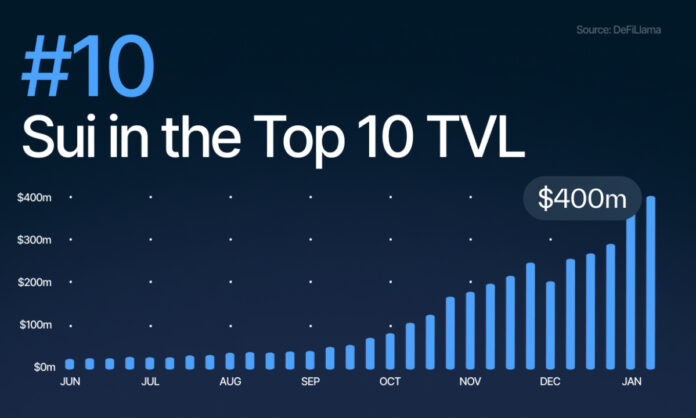The AI domain is experiencing a significant surge in expansion and inventiveness. This surge is driven by advancements in various subfields and increasing adoption in diverse sectors. Global AI market projections anticipate a substantial CAGR of 37.3% within the 2023-2030 timeframe. This translates to a projected market size of approximately $1.81 trillion by the end of the decade. And this rapid rise is a testament to the transformative power of AI in reshaping industries, driving automation, and revolutionizing our interaction with technology.
At the core of powering this AI revolution lies a fundamental concept that has propelled the advancement of AI technology: vector embedding. These are mathematical representations of words, phrases, or entities that underlie many AI applications. They have quietly but significantly changed the way machines understand and generate human-like text, making them an essential building block for generative AI.
In this post, we will explore the world of vector embeddings and understand their critical role in generative AI.
Understanding Vector Embeddings
As mentioned, vector embeddings refer to the mathematical representation of words, phrases, or general entities. They encode these constituents numerically in vector form, enabling computers to efficiently manipulate and process them. The developed vectors are computed in a way that captures semantic relationships and contextual information from the represented elements.
Types of Vector Embeddings
Various vector embedding techniques exist, each offering unique properties and use cases. Prominent examples include Word2Vec, GloVe, and BERT. These methods differ in their training algorithms and how they encode semantic relationships. While Word2Vec focuses on word similarity, GloVe emphasizes global word-word co-occurrence statistics, and BERT embeddings employ deep contextual representations.
Training Vector Embeddings
The process of training vector embeddings involves exposing models to large amounts of text data. These models learn to represent words and phrases by capturing patterns and relationships within the data. The quality and size of the training corpus are crucial factors in the performance of vector embeddings. A large and diverse dataset ensures that the embeddings capture a wide range of semantic nuances.
Advantages of Vector Embeddings in Generative AI
The use of vector embeddings in generative AI offers several advantages. First, they enhance the performance and efficiency of generative AI models. Mathematical operations assist computers in manifesting and generating text, as words can be transformed into numerical vectors. This saves time and improves accuracy when generating a significant amount of content.
Additionally, vector embeddings are powerful in recognizing semantic relationships. They can identify synonyms, antonyms, and other linguistic elements necessary for generating contextually similar text. This is crucial for AI to generate text that closely resembles human language.
Limitations and Challenges
However, it’s important to acknowledge that vector embeddings have limitations. One significant challenge is the potential for bias. These embeddings learn from real-world data, which may contain biases present in society. If not carefully addressed, these biases can propagate and lead to unintended consequences in AI applications.
Another challenge is data sparsity. Vector embeddings may struggle to capture meaningful relationships in the vector space without sufficient training data for the languages they’re used on. Additionally, the dimensionality of the data affects the quality of embeddings, requiring a delicate compromise between data size and computational resources.
Future Directions and Developments
The field of generative AI vector embeddings is still experiencing rapid growth. Researchers are continuously exploring embedding quality to enhance it with new techniques and architectural advancements. An emerging trend is infusing domain-specific knowledge into embeddings, enabling AI models to excel in focused domains such as healthcare, finance, and law.
Further research to mitigate embedding bias is expected to make AI applications more ethical and fair. With AI becoming pervasive in our lives, the need to eliminate biases and ensure inclusivity is increasingly important.
Final Thoughts
Vector embeddings are increasingly becoming the foundation of generative AI. Their ability to transform natural language components into numerical vectors opens doors for new possibilities in natural language processing and text generation. Despite their numerous benefits, caution should be exercised regarding their limitations and challenges, particularly regarding bias and data sparsity.
Looking ahead, the future of AI technology will revolve around vector embeddings. Further evolution and fine-tuning will provide more context-aware, accurate, and ethical offerings through AI applications. It is crucial for professionals and enthusiasts to stay updated with these advancements as AI continues to shape the world of technology around us.






















